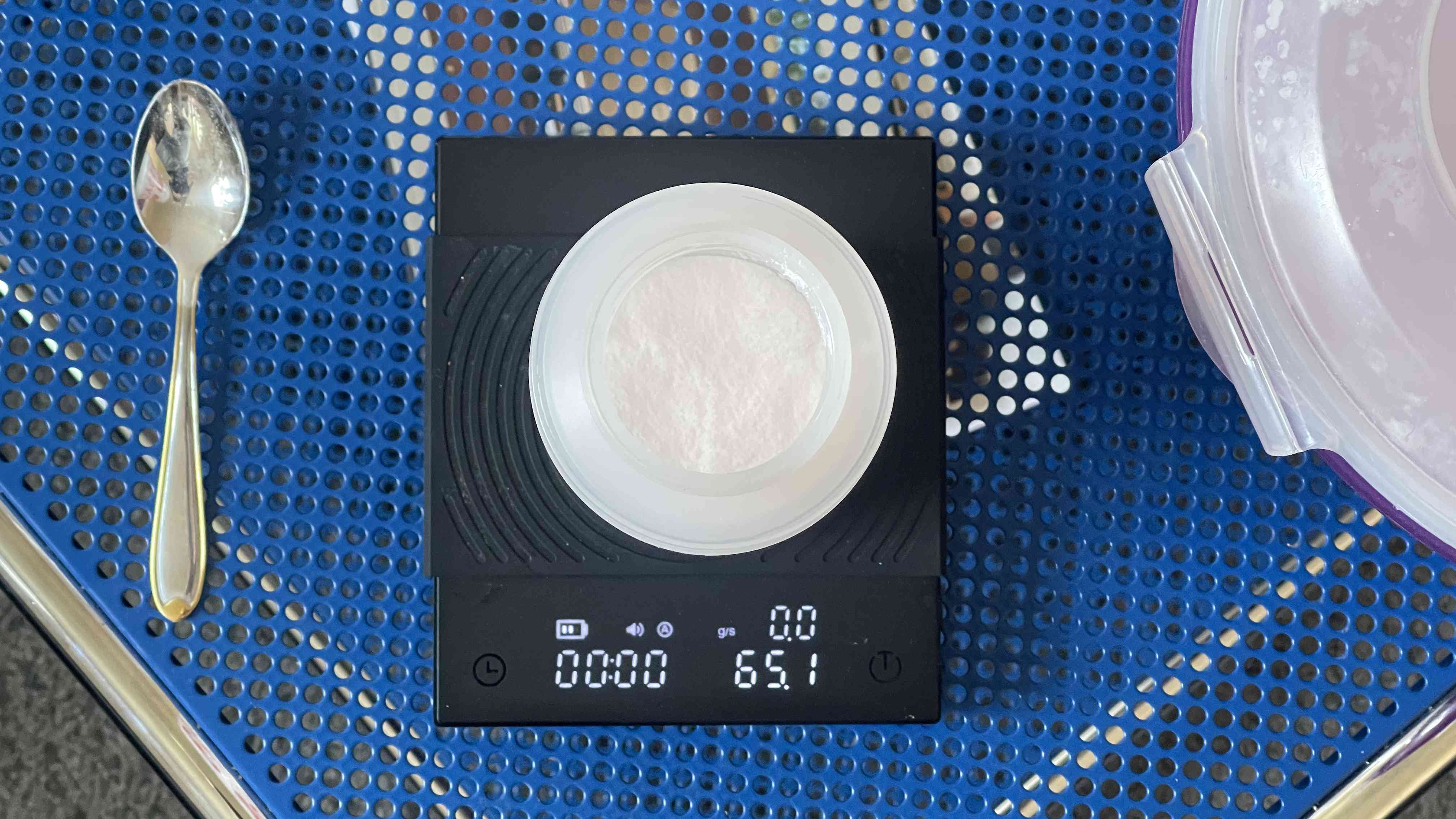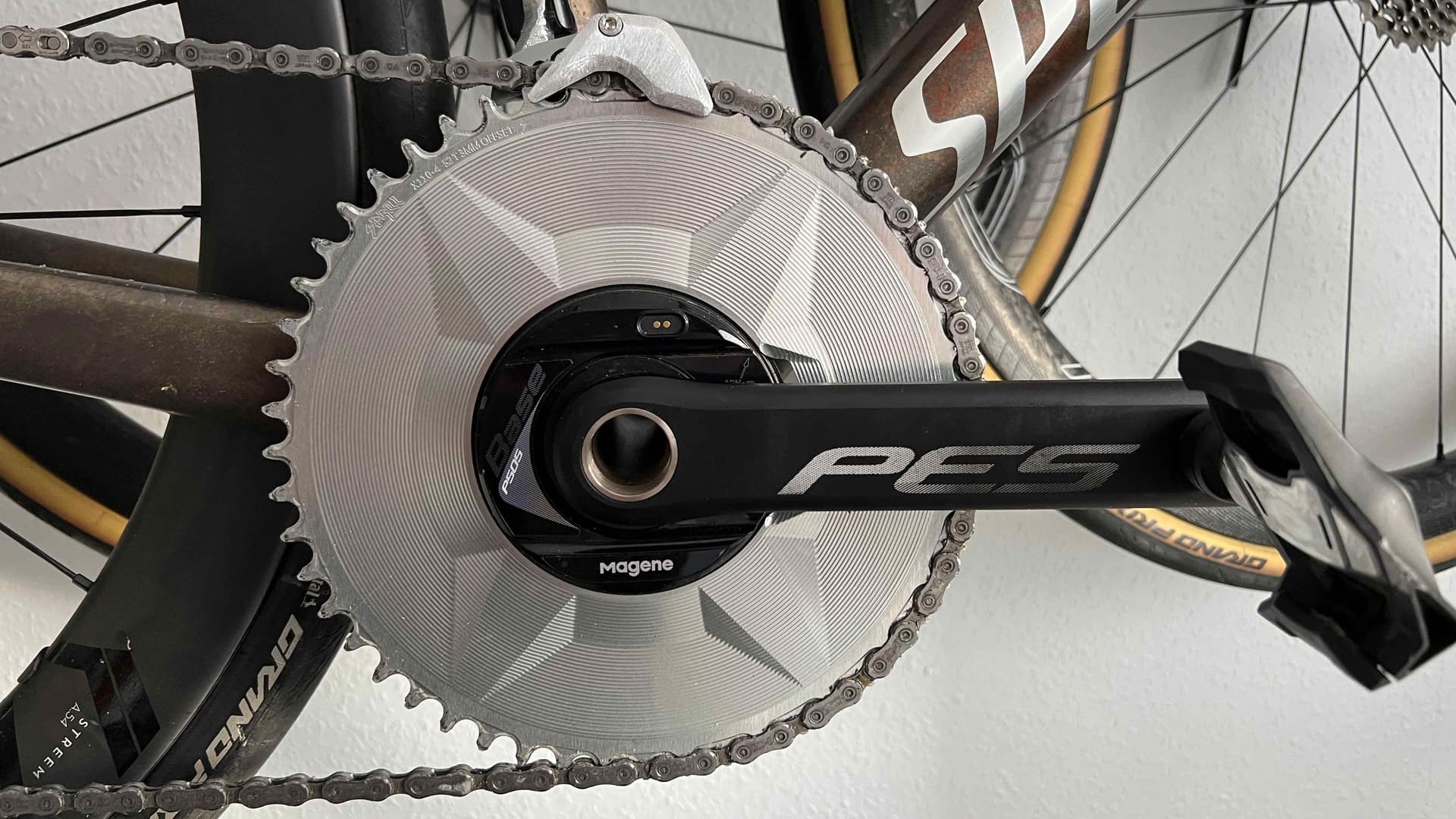1. Why Carbs Are Essential in Endurance Sports
🔬 Energy Metabolism 101
During endurance activities, your body gets its fuel from two main sources: fats and carbohydrates. While both are important, carbs play a leading role—especially when training gets tough.
Carbohydrates are the body's preferred fuel because they:
- Convert to energy (ATP) faster than fat
- Require less oxygen per ATP unit
- Stay available even at high intensity, where fat becomes inefficient
⚡ Intensity Determines Fuel Use
| Training Zone | Intensity (%VO₂max) | Main Energy Source |
|---|---|---|
| Base / Z2 | <65 % | Mostly fat, little carbs |
| Tempo / Z3–Z4 | 65–85 % | Mix of fat and carbs |
| Race Pace / VO₂max | >85 % | Almost entirely carbs |
As intensity rises, fat metabolism slows. Carbs become your only option for rapid, high-output energy.
🧬 Glycogen: Small Tank, Big Role
Glycogen is how your body stores carbs—in muscles (≈ 300–400 g) and the liver (≈ 100 g). During hard efforts, these stores can run low in 60–90 minutes.
Without external carbs, you risk:
- Bonking (energy crash)
- Loss of coordination and focus
- Weaker immune system post-workout
🍭 Why You Need a Carb Mix
Your body absorbs different carbs through different gut transporters:
- Glucose / Maltodextrin → via GLUT-2
- Fructose → via GLUT-5
These work in parallel. If you only take glucose, your absorption maxes out at ~60 g/h. Beyond that: stomach trouble.
But a Glucose + Fructose mix can push that to 90–120 g/h with proper gut training.
That’s why top sports nutrition uses blends of carbs: better absorption, better performance, fewer gut issues.
2. Types of Carbs – Fast vs. Slow
a) Fast Carbs (For Racing)
| Type | Effect | Example Use |
|---|---|---|
| Maltodextrin | Glucose-like, but gentler on gut | Criteriums, races |
| Fructose | Uses a different gut pathway | Gran Fondos |
🧠 Pro Tip: Maltodextrin + Fructose = “Double Turbo”
b) Slow Carbs (For Long Rides)
| Type | Duration | Ideal for |
|---|---|---|
| Isomaltulose | 2–3 hours | Zone 2 training |
| Waxy Maize Starch | 1–2 hours | 100 km rides |
👉 Start with Isomaltulose—easy on the stomach!
3. How Much Do You Need?
Step-by-Step Formula
- Weigh yourself (e.g., 70 kg)
- Choose your effort level:
- Easy (can chat): 0.5–1.0 g/kg
- Moderate (breathless, but can talk): 1.0–1.5 g/kg
- Hard (no talking): 1.5–2.0 g/kg
🧮 Example (70 kg, moderate): 70 × 1.0 = 70 g carbs/hour
 60 gram carbs on 500ml
60 gram carbs on 500ml
4. Two Key Carb Mixes
a) Race Mix – For All-Out Efforts
Per 100 g powder:
- 53 g Maltodextrin
- 43 g Fructose
- 4 g Electrolytes (Na, K, Mg, Ca)
Use for: Races, intervals, max efforts
🎉 Flavor Tip: Add granulated iced tea for a budget boost!
b) Endurance Mix – For Long, Steady Rides
Per 100 g powder:
- 86 g Isomaltulose
- 8 g Maltodextrin
- 4 g Electrolytes (Na, K, Mg, Ca)
Use for: Long Z2 sessions, casual Sunday rides
🎉 Flavor Tip: Granulated iced tea also works great here!
5. Gut Training: Don’t Shock Your Stomach
| Week | Carbs per Hour | Goal |
|---|---|---|
| 1–2 | 30 g | Build tolerance |
| 3–4 | 45 g | Increase gradually |
| 5+ | 60+ g | Race-ready gut |
🧪 Always test during training—not on race day!
DIY Starter Mix:
- 50 g Maltodextrin
- 50 g Isomaltulose
- Pinch of salt
- Mix with 500 ml water
6. Avoid These Common Mistakes
- ❌ “I’ll just use table sugar” → sugar crash + gut issues
- ❌ “More is better” → > 60 g/h without gut training = stomach pain
- ❌ “I forgot electrolytes” → cramps incoming!
7. First-Time Checklist
✅ Mix a light solution (e.g., 30 g Maltodextrin + 500 ml water)
✅ Try on an easy ride (not a race!)
✅ Listen to your gut
✅ After 1 hour, ask: Energy OK? Any discomfort?
“Train your gut like you train your legs.”
8. Science Made Simple
- Race Mix: Dual carb pathways (2-lane highway)
- Endurance Mix: Steady release (drip-feed IV)
📚 Fun Fact: Elite athletes can absorb up to 120 g carbs/hour—most should start at 30–40 g/h.
Final Thoughts
- Start small, mix smart
- Progress week by week
- Customize based on your gut
“The best carb mix means nothing if your stomach quits. Be patient—fuel smart.”




